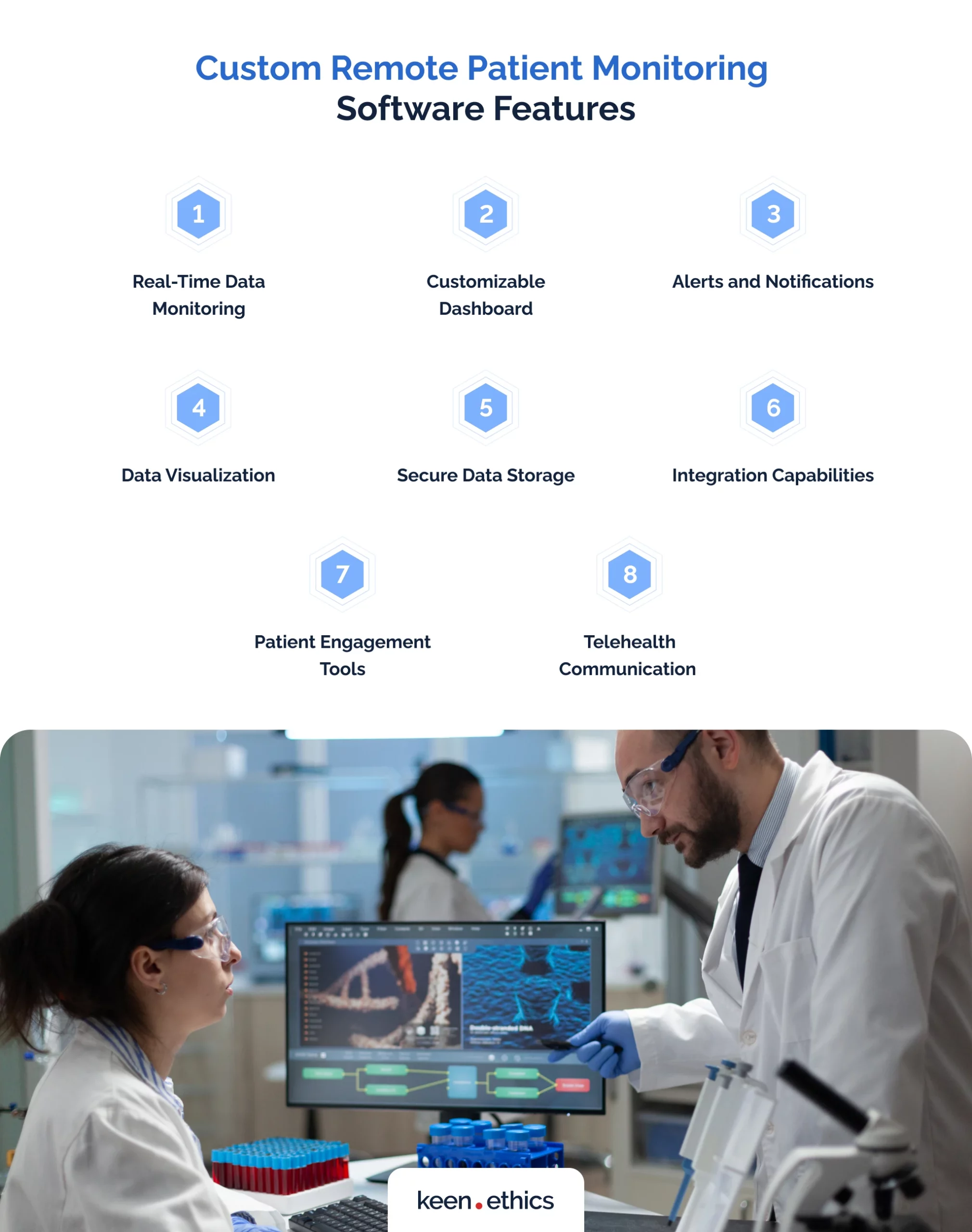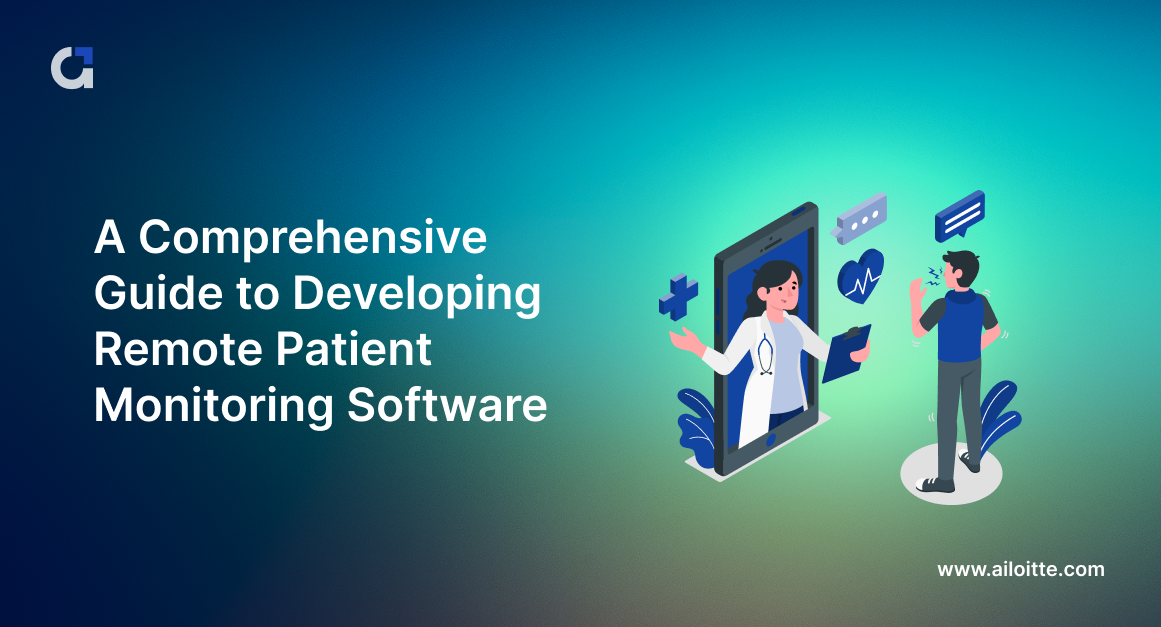Comprehensive Software for Remote Patient Monitoring: Enhance Patient Treatment
Wiki Article
The Future of Health Care: Remote Client Checking Streamlined
As medical care remains to progress, one area that holds enormous guarantee is remote person tracking. The principle of simplifying this process through technical advancements is reshaping the method care is provided and obtained. With a concentrate on enhancing person results and streamlining health care distribution, remote monitoring is poised to revolutionize the industry. By checking out the benefits, technical developments, and future patterns in this field, we can obtain valuable insights right into the transformative possibility of remote individual monitoring.Advantages of Remote Patient Monitoring
Remote person tracking provides a wide range of benefits for both medical care service providers and individuals alike. Additionally, remote patient tracking enhances the total high quality of care by providing a much more detailed and holistic view of patients' health status past standard in-person sees.In addition, remote person tracking can bring about better client end results and complete satisfaction. Individuals can enjoy the ease of receiving treatment in the convenience of their very own homes while still recognizing that their health and wellness is being closely monitored. This can lead to boosted individual involvement and adherence to treatment plans, ultimately causing much better health results. Additionally, remote monitoring can lower the need for regular medical facility gos to, decreasing healthcare costs for both companies and individuals. In general, the advantages of remote individual tracking are clear, making it a useful device in contemporary healthcare delivery.
Innovation Driving Remote Tracking
In the realm of modern-day medical care, technical advancements play a pivotal role in driving the evolution and effectiveness of remote person monitoring. The integration of ingenious innovations such as wearable devices, mobile applications, and cloud-based systems has actually transformed the means doctor remotely take care of and keep an eye on client health - best remote patient monitoring software. These modern technologies allow continual real-time surveillance of vital indications, drug adherence, and various other critical health data, enabling timely interventions and individualized treatment plansOne trick modern technology driving remote surveillance is the Web of Things (IoT), which allows seamless connectivity in between medical devices and health care systems. IoT devices such as smartwatches and wireless sensing units accumulate and transmit patient information to centralized platforms, promoting remote tracking from throughout the world. Expert system (AI) and equipment understanding algorithms even more enhance remote surveillance by analyzing substantial amounts of client data to identify patterns, forecast wellness patterns, and sharp doctor to possible issues.
Impact on Healthcare Delivery
With the combination of advanced modern technologies driving remote client monitoring, the effect on health care distribution is becoming transformative and increasingly profound. Remote person monitoring permits doctor to offer even more customized and positive care to people, resulting in enhanced health and wellness results and decreased healthcare facility admissions. By from another location tracking essential indications, signs and symptoms, and medication adherence, health care professionals can interfere early, avoiding issues and boosting the overall top quality of treatment.Moreover, remote tracking improves accessibility to health care solutions, specifically for individuals in rural or underserved locations. Individuals can get continual monitoring and support from their homes, getting rid of the requirement for regular in-person check outs. This not only conserves time and minimizes prices for both people and healthcare centers however likewise minimizes the threat of direct exposure to transmittable illness, an essential factor to consider in the current health care landscape.
Furthermore, remote client tracking makes it possible for medical care providers to better designate sources and focus on treatment based upon real-time data. By recognizing high-risk clients and interfering without delay, healthcare delivery ends up being much more effective and reliable, inevitably causing a more sustainable and patient-centered health care system.
Improving Patient End Results

Additionally, RPM permits aggressive administration of persistent problems, minimizing the likelihood of acute exacerbations and hospital readmissions. Individuals remote patient monitoring software gain from enhanced benefit and convenience, as they can obtain care in their own homes while staying connected to their doctor. This continuous surveillance not just boosts person fulfillment yet likewise cultivates a feeling of empowerment and involvement in their own health and wellness monitoring.
Future Trends in Remote Tracking
Embracing innovative technologies in remote client surveillance is shaping the future landscape of medical care distribution. One considerable pattern is the raised use of wearable tools and sensing units to accumulate real-time data, making it possible for health care companies to monitor patients constantly without the requirement for constant in-person gos to.
In addition, telehealth systems are becoming extra innovative, enabling digital assessments, remote diagnosis, and remote client checking done in one integrated system (best remote patient monitoring software). This all natural strategy to remote monitoring is improving healthcare shipment, boosting patient fulfillment, and inevitably, boosting general quality of care
Verdict
To conclude, remote client monitoring provides various advantages in medical care distribution, driven by advancements in modern technology. It has the possible to enhance patient outcomes and transform the way healthcare is provided. Future fads in remote surveillance will certainly proceed to form the landscape of medical care, offering opportunities for even more customized and effective individual care.Remote patient tracking presents a multitude of advantages for both healthcare providers and clients alike. In addition, remote patient surveillance boosts the overall top quality of treatment by providing an extra thorough and all natural view of patients' health and wellness standing past traditional in-person visits.
Furthermore, remote patient monitoring can lead to better person end results and complete satisfaction. Remote patient tracking permits medical care providers to supply more tailored and aggressive treatment to clients, leading to improved health end results and decreased health center admissions. Remote individual monitoring (RPM) plays a considerable function in boosting individual end results by offering continuous, real-time information that makes it possible for health care carriers to interfere quickly and change therapy strategies as needed.
Report this wiki page